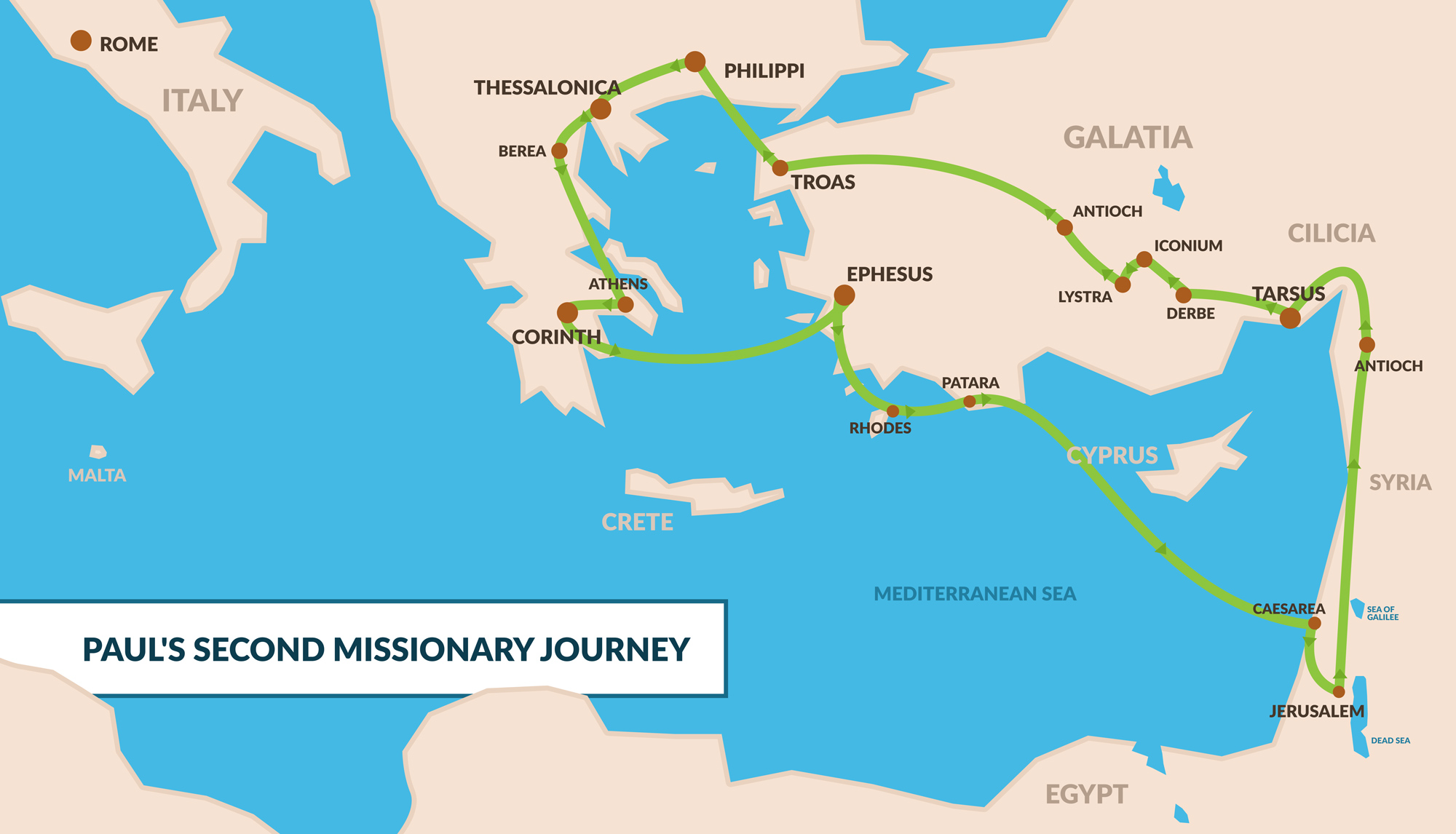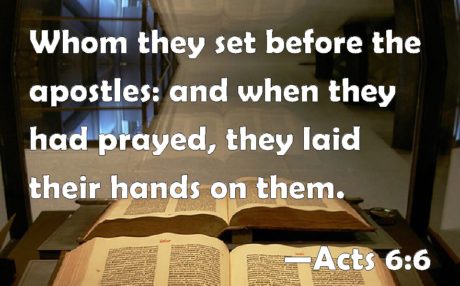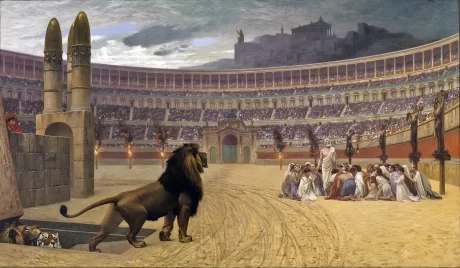Facts – Paul’s Second Missionary Expedition
Much has been said and written about Apostle Paul’s Second Missionary Journey. But not enough has been said concerning what caused it to happen.
Here’s a little back story of it. In Asia, unauthorized teachers of the Word of God were dispersing dogmas contrary to the teachings of the Apostles and the Church.
Consequently, the leaders of the first-century Church, in Jerusalem, sent Judas and Silas with Barnabas and Paul to address this false teaching.
However, while Silas was in Asia he discovered that the Lord had sent him there for an additional purpose.
What Happened on Paul’s Second Missionary Journey?
Therefore, picking up from where we left off the last time, today we will continue our Book of Acts Bible Study. Our main reference for today comes from Acts 15:30-41.
This passage describes what caused Apostle Paul’s Second Missionary Journey.
The four-man team of Paul and Barnabas and Judas and Silas left Jerusalem and arrived in Antioch.
There, they assembled the brethren and read the letter from the Church in Jerusalem.
“So when they were dismissed, they came to Antioch: and when they had gathered the multitude together, they delivered the epistle.”
(Acts 15:30)
The Apostles having read the letter from the leaders in Jerusalem motivated great rejoicing and happiness amongst the Gentile Believers.
Salvation Does Not Come by Circumcision or Keeping the Law of Moses
“Which when they had read, they rejoiced for the consolation.”
(Acts 15:31)
Now they are consoled that they don’t need to be circumcised and keep the Law of Moses to be saved.
This atmosphere provided the ideal climate for these prophets from Jerusalem, Judas, and Silas, to confirm by mouth the letter with preaching and personal consolations.
“And Judas and Silas, being prophets also themselves, exhorted the brethren with many words, and confirmed them.”
(Acts 15:32)

Who Was Paul’s Travelling Companion on His Second Missionary Journey?
This is how the Church of Jesus Christ always operates, in union with each other even in each other’s absence.
Judas and Silas didn’t refute and disagree with the letter from Jerusalem instead, they reinforced its contents.
And this always happens when we teach and preach according to the Bible. It even transcends time.
For example, one person could teach by saying the exact thing that another Minister of the Word is teaching in another part of the world. But when both teachings come together they are complementary expositions on the identical subject.
“And after they had tarried there a space, they were let go in peace from the brethren unto the apostles.”
(Acts 15:33)
What Did They Teach and Preach?
However, having accomplished the initial purpose for which they were sent to Asia, they remained there for a while before heading back to Jerusalem.
“Notwithstanding it pleased Silas to abide there still.”
(Acts 15:34)
However, Paul and Barnabas continued with the work of their ministry. They along with other Believers continued to teach and preach Jesus Christ to the people of the region.
“Paul also and Barnabas continued in Antioch, teaching and preaching the word of the Lord, with many others also.”
(Acts 15:35)
Paul’s Second Missionary Journey and His Passionate Suggestion
While Apostle Paul and Barnabas were in Antioch, the former made a suggestion to the latter.
He hinted to Barnabas that they should revisit all the cities where they had preached Jesus Christ and the people believed just to see how they were doing.
This they agreed to do.
“And some days after Paul said unto Barnabas, Let us go again and visit our brethren in every city where we have preached the word of the LORD, and see how they do.
(Acts 15:36)
That was the impetus for Apostle Paul’s Second Missionary Journey.
But who should accompany them on that journey they had a disagreement over?
“And Barnabas determined to take with them John, whose surname was Mark.”
(Acts 15:37)
As a result, Barnabas wanted and decided on doing one thing and Paul desired and did something else.
“But Paul thought not good to take him with them, who departed from them from Pamphylia, and went not with them to the work.”
(Acts 15:38)
Memories From Paul’s First Missionary Journey
Paul may have been thinking, John Mark did it once before so he may do it again. However, the dispute between Paul and Barnabas was so polarized that one went east and the other went west, so to speak.
According to Apostle Luke, “the contention was so sharp between them, that they departed asunder one from the other: and so Barnabas took Mark, and sailed unto Cyprus” (Acts 15:39).
In other words, Barnabas went west by sea and Paul went north by land.
“And Paul chose Silas, and departed, being recommended by the brethren unto the grace of God.”
(Acts 15:40)
Note the language of the Bible. “He” in the quotation below refers to Paul. No further mention occurs in the Book of Acts concerning Barnabas.
“And he went through Syria and Cilicia, confirming the churches.”
Acts 15:41
Conclusion
So, we see that even though Silas was with Paul, the Bible only speaks of the latter “confirming the churches”.
In this regard, the Word of God does not mention Barnabas or Silas.
And the disagreement between Paul and Silas was necessary to create “a place” for young Timothy.
A young and promising Gentile Preacher. He basically replaced him.
Finally, although the Bible doesn’t expressly name this travel, Paul’s Second Missionary Journey, these incidents culminated in just that.
Book Recommendation
The link below is an affiliate one. This is a link to Amazon to my first book. Many of the principles I discussed in this Bible Study I have examined at length in “Living Soul: In The Image of God”.
When you purchase “Living Soul” through it, I will receive a small commission to support this website. Thank you for assisting me to continue this great work.



